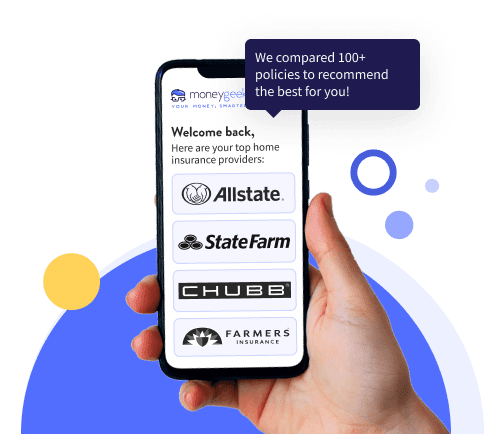Regular homeowners insurance policies cover damage and loss from natural disasters. Aside from the coverages that come with your policy, endorsements and other insurance products can cover more perils that are not included by your standard policy.
Your house, as well as other structures in your property, are insured by dwelling coverage. Additionally, if your belongings have been included in the damages, personal property coverage can reimburse their cost or value. In case the damage to your home is so severe and you need to temporarily relocate, your additional living expenses coverage can pay for the expenses of your accommodations.


